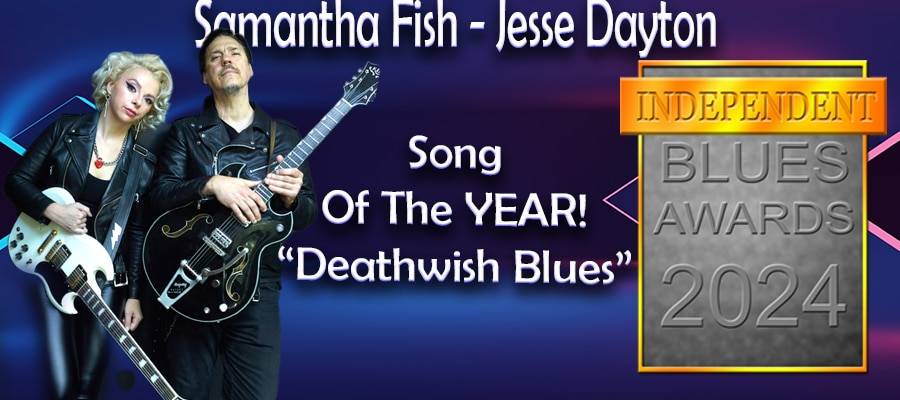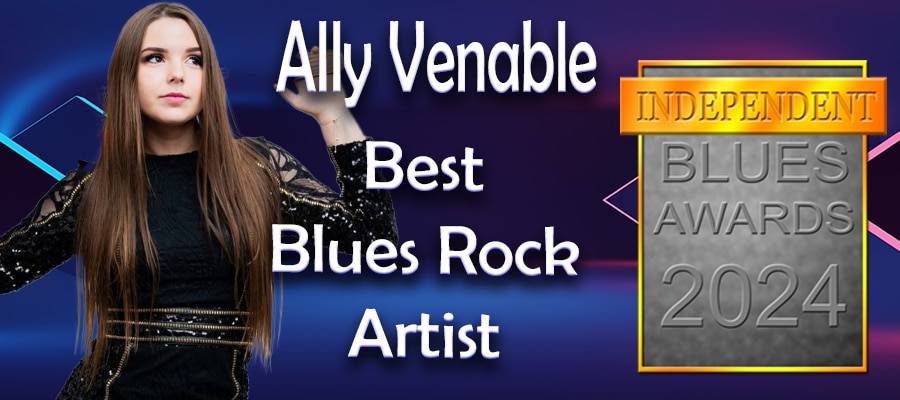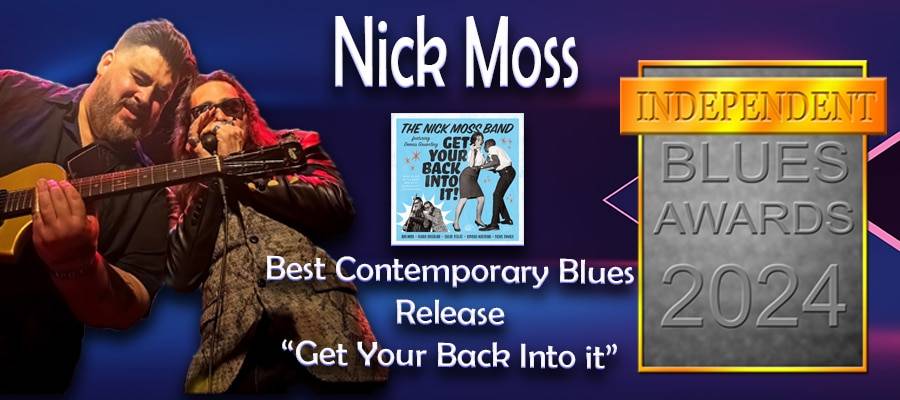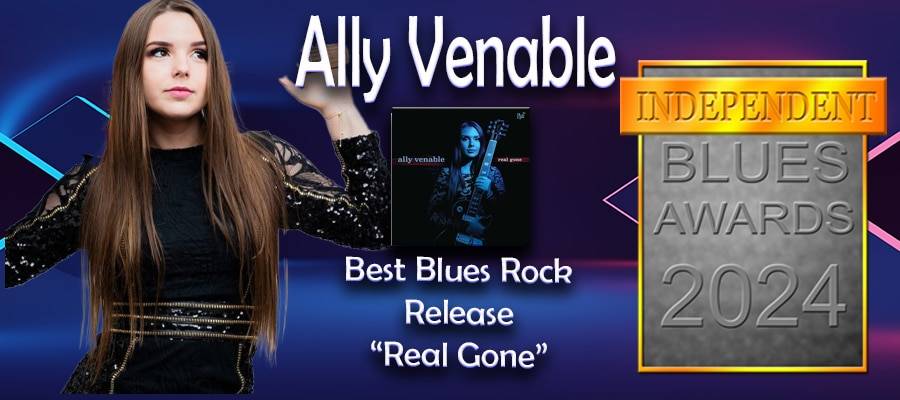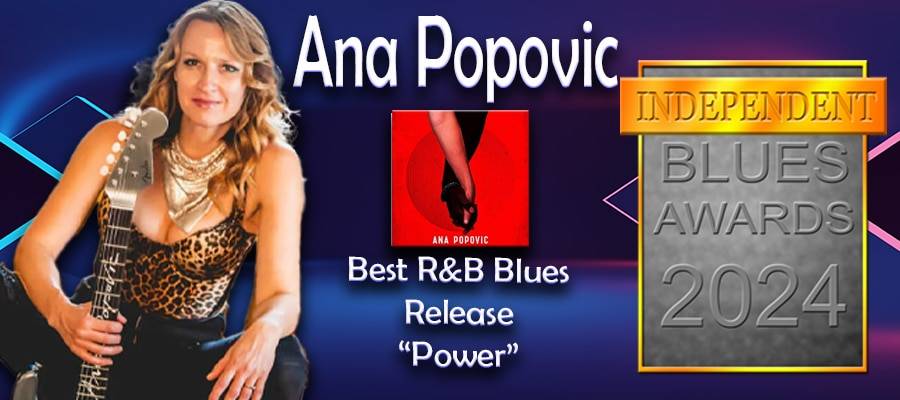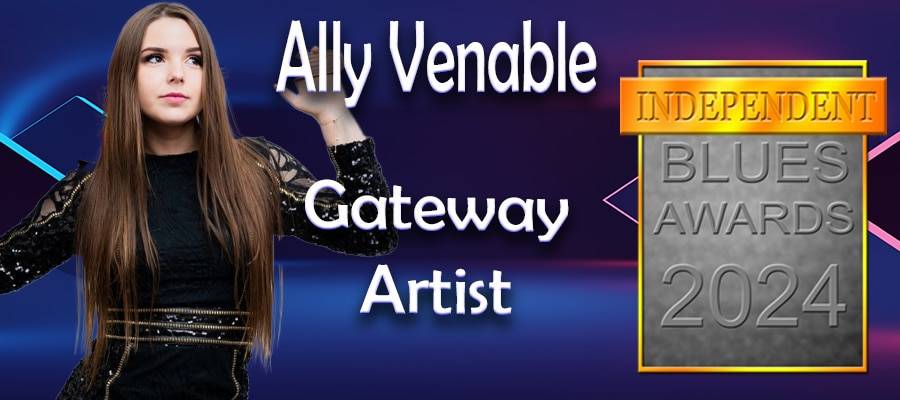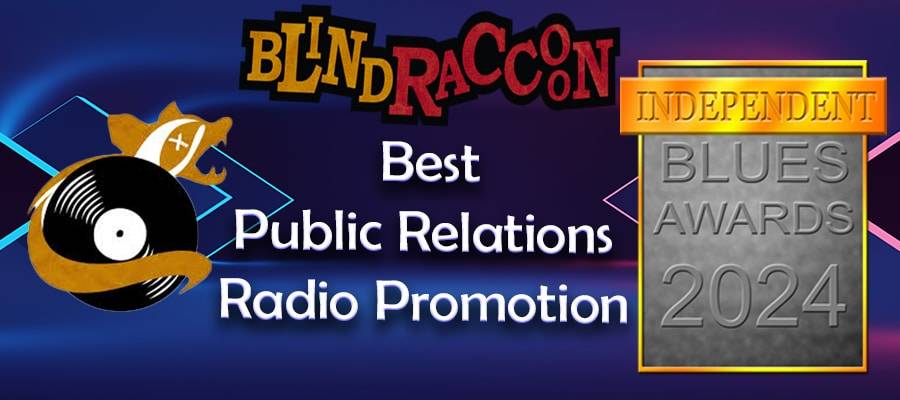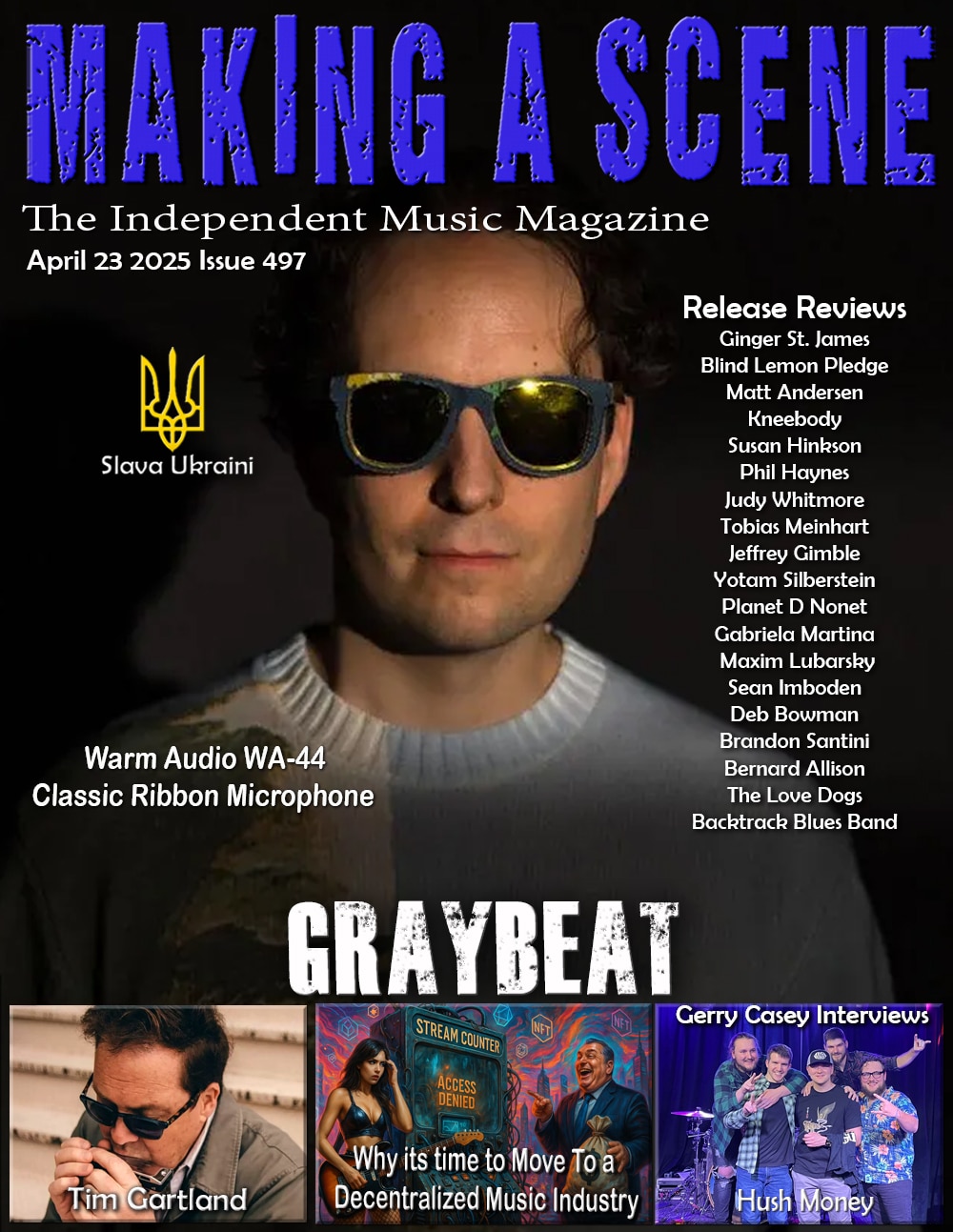Ben Goldberg, Todd Sickafoose, Scott Amendola Here to There
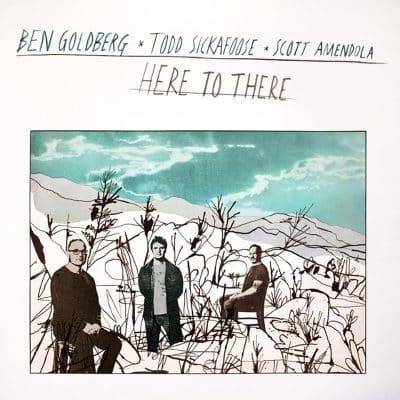 Ben Goldberg, Todd Sickafoose, Scott Amendola
Ben Goldberg, Todd Sickafoose, Scott Amendola
Here to There
Secret Hatch
Clarinetist Ben Goldberg and bassist Todd Sickafoose were integral to two of 2023’s best jazz recordings, Sickafoose’s Bear Proof and Allison Miller’s Rivers in My Veins. On this outing, they’ve formed a trio with drummer and subtle electronics wizard Scott Amendola for a first time collaborative recording, Here to There. These three have been friends and appeared in several configurations on many records over the past three decades. Goldberg, arguably the most inventive clarinetist on today’s scene, and Amendola had been in a trio with bassist Devra Hoff called “Plays Monk” and given that Monk’s compositions are at the heart of this effort, it is a rather natural evolution. So, while many of us would view a clarinet trio as unusual, Goldberg claims it is the most frequent configuration he has participated in. When first formed for live shows, this trio too continued to play MOnk tunes until an idea struck – constructing tunes around the bridges of the iconic pianist’s tunes.
While some my view the idea of a clarinet trio as lacking excitement and intrigue, these three put an entirely different spin on it. That’s due to the plurality of clarinets as Goldberg, though not definitive in the credits, is clearly using the conventional clarinet, the bass clarinet and perhaps the alto clarinet, sometimes layering them. Additionally, Amendola cleverly uses electronics to echo or harmonize with Goldberg’s lines, and Sickafoose proves again to be a most inventive bassist. All three composed, taking Monk’s bridges into completely new and sometimes barely recognizable territory. Goldberg also contributed four pieces that stand apart from the Monk. The album is relaxed and unhurried, due in part to the peaceful, rural setting of the studio near Sickafoose’s home in Eugene, Oregon.
Those familiar with Monk’s catalog will immediately catch the references in the titles. Sickafoose’s “In Walked” is based on “In Walked Bud” but bears little resemblance to the bebop centric original. Again, it’s just the bridges that form the core of the tune. Similarly, “Interospection” related to “Introspection” while “Evidence” spawned “Self Evident” and “Epistrophy” led to “Sad Trophy.” The trio’s highly improvised approach to these ideas runs the gamut from ethereal to graceful to melancholy to irreverently playful. The latter reference perhaps best applies to “Self Evident” where Monk’s bridge goes up in octaves by half steps. Here the trio keeps unraveling it, Sickafoose commenting, “it’s the intersection between Monk and MC Escher.” Instead on the angularity that we associate with Monk, Goldberg plays elongated notes as the bass-drum tandem rumble through the undergrowth with Amendola’s percussive efforts centered mostly on what sounds like muted toms. The idea of a bridge is akin to a palette cleanser but these three take the tiniest idea and embellish it to the extremes.
Those Monk bridges though represent just four of the eleven compositions. Goldberg and Amendola take Monk’s inspiration to create pieces that thrive on trio interplay. Amendola wrote “Lions Heart,” “Lions Heart 2,” and “Lions Heart 3” – the first two are brief pieces setting rather pensive moods while the last is a four minute one that closes the album, a beautiful example of how the trio can move to melancholy and fervently expressive in a matter of moments.
Goldberg took the idea of a bridge in non-musical terms, thinking of it as getting one from one place to the next. That concept underlies the standout title track, a stellar example of the elegant and mesmerizing with his clear, expressive tone front and center as in his words, “…gets us from here to there and then maybe starts over again.” Amendola’s and Sickafoose’s voices are more prominent not just as a rhythm team but as soloists in the three other Goldberg contributions “Porch Concert Material 9,” “Porch Concert Material 2,” and “Porch Concert Material 6.”
Focused playing and creative interplay though is a constant no matter which trio member composes. Here to There has few if any reference points and offers a rare transportive quality not often found in trio recordings.
– Jim Hynes
Buy Us a Cup of Coffee!
Join the movement in supporting Making a Scene, the premier independent resource for both emerging musicians and the dedicated fans who champion them.
We showcase this vibrant community that celebrates the raw talent and creative spirit driving the music industry forward. From insightful articles and in-depth interviews to exclusive content and insider tips, Making a Scene empowers artists to thrive and fans to discover their next favorite sound.
Together, let’s amplify the voices of independent musicians and forge unforgettable connections through the power of music
Make a one-time donation
Make a monthly donation
Make a yearly donation
Buy us a cup of Coffee!
Or enter a custom amount
Your contribution is appreciated.
Your contribution is appreciated.
Your contribution is appreciated.
DonateDonate monthlyDonate yearlyYou can donate directly through Paypal!
Subscribe to Our Newsletter
Discover more from Making A Scene!
Subscribe to get the latest posts sent to your email.



